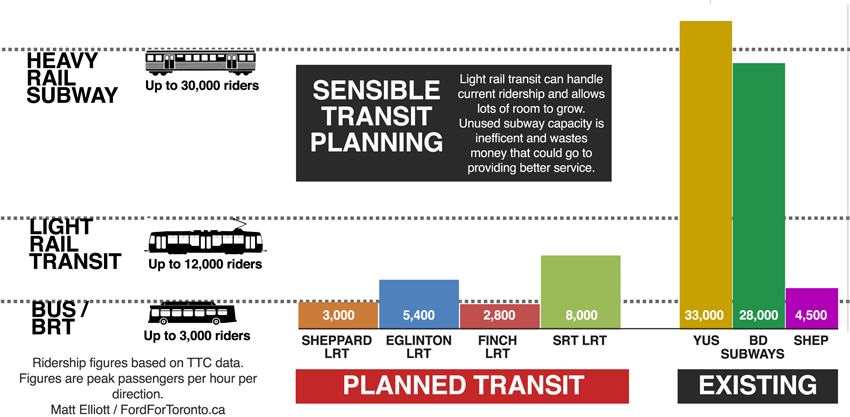Rainforest
Senior Member
I haven't looked at the numbers for quite a while, but I somehow have a feeling that Hurontario LRT ridership would be half of what Finch LRT might be.
Would it? Hurontario LRT: trunk route for a large municipality with substantial % of transit usage, with no competing parallel routes, and directly connected to the city centre.
Finch LRT (current phase): short peripheral route that feeds into a suburban subway station. Essentially, an improved bus, on steels wheels, with higher capacity, and running in its own lanes.
If Finch LRT, under those conditions, is expected to carry 3,000 per hour per direction at peak, then how can Hurontario fail to reach at least 5,000?
